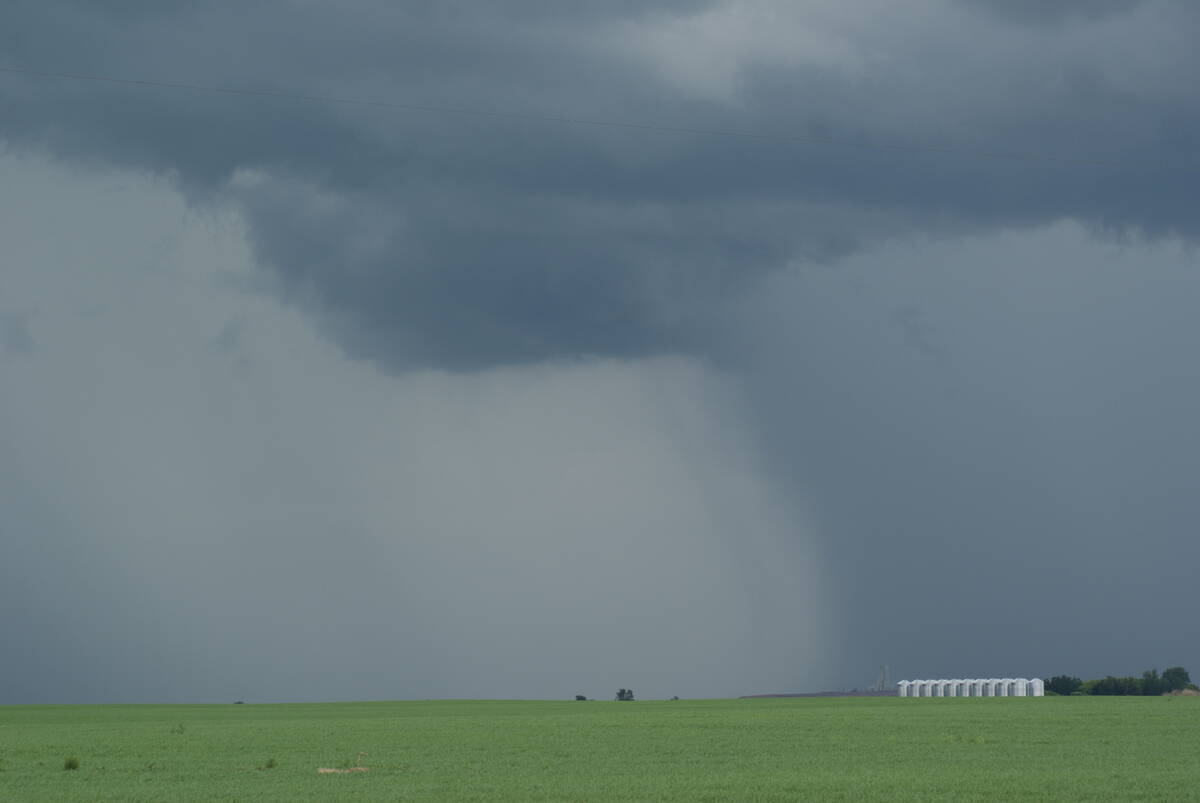As a beekeeper, Jerry Poelman is no stranger to bee stings. But I couldn’t help wincing when he deliberately provoked a sting to show a little-known aspect of the process.
The stinger, separated from the bee and imbedded in his hand, had a bulb of venom attached to its other end. And as Poelman pointed out, it actually pulsed, independent of the bee, to inject venom into the intended victim.

Tour participants were fortunate to get a close look at the hives placed in the corners of a hybrid canola field near Diamond City, Alta., a few of the thousands of hives that Poelman places around the province.
These particular bees were producing honey while doing their important pollination tasks for a hybrid seed company. Also commonly used for this task are leaf-cutter bees, the ones you see buzzing around small tents erected in canola fields.
Read Also

Canadian farmers need new tools to support on-farm innovation
Farmers need a risk management buffer that actually works and investment that drives advancements forward if Canada is to build resilience.
Poelman said the canola seed industry is a major benefit to honey producers. The fees that seed companies pay for use of honeybee pollination services generally cover the cost of bee and honey production, making producers less vulnerable to fluctuating honey prices.
That must take the sting out of the stings.














